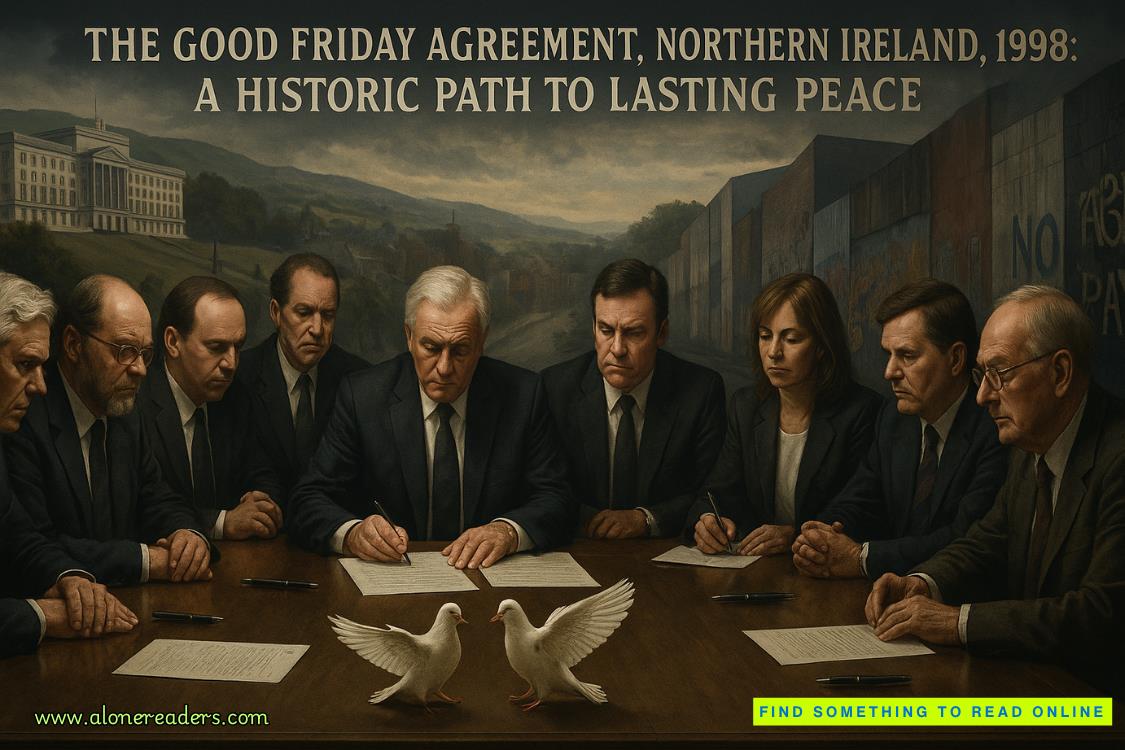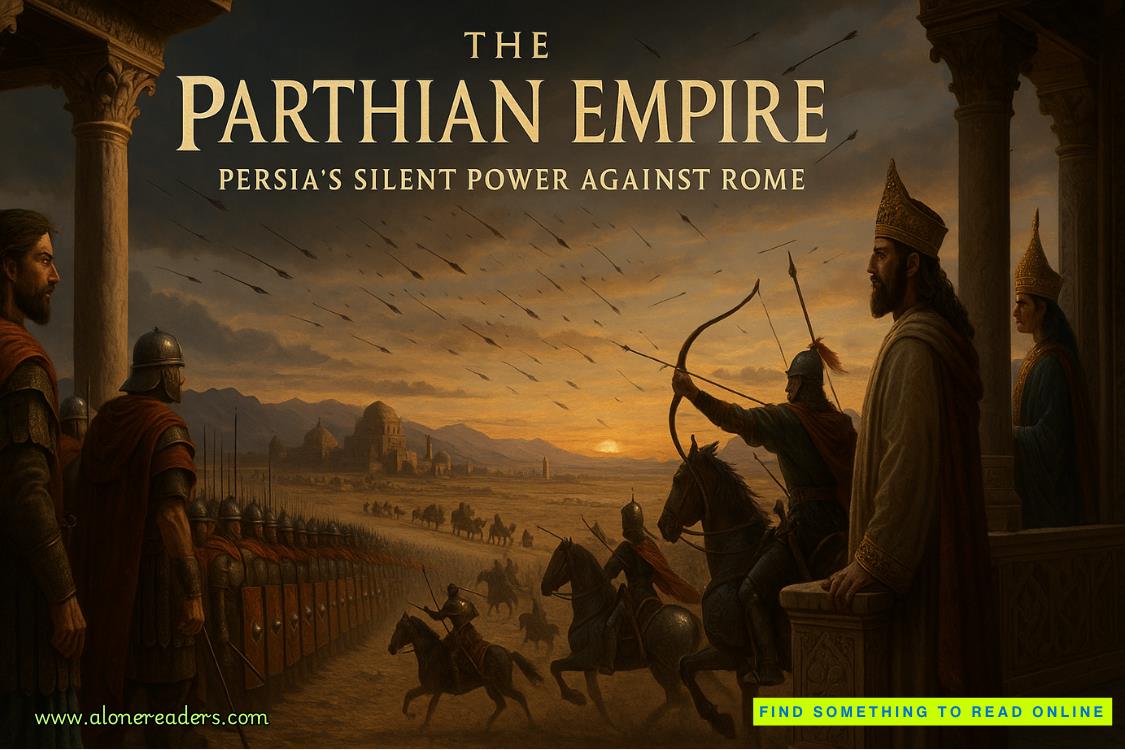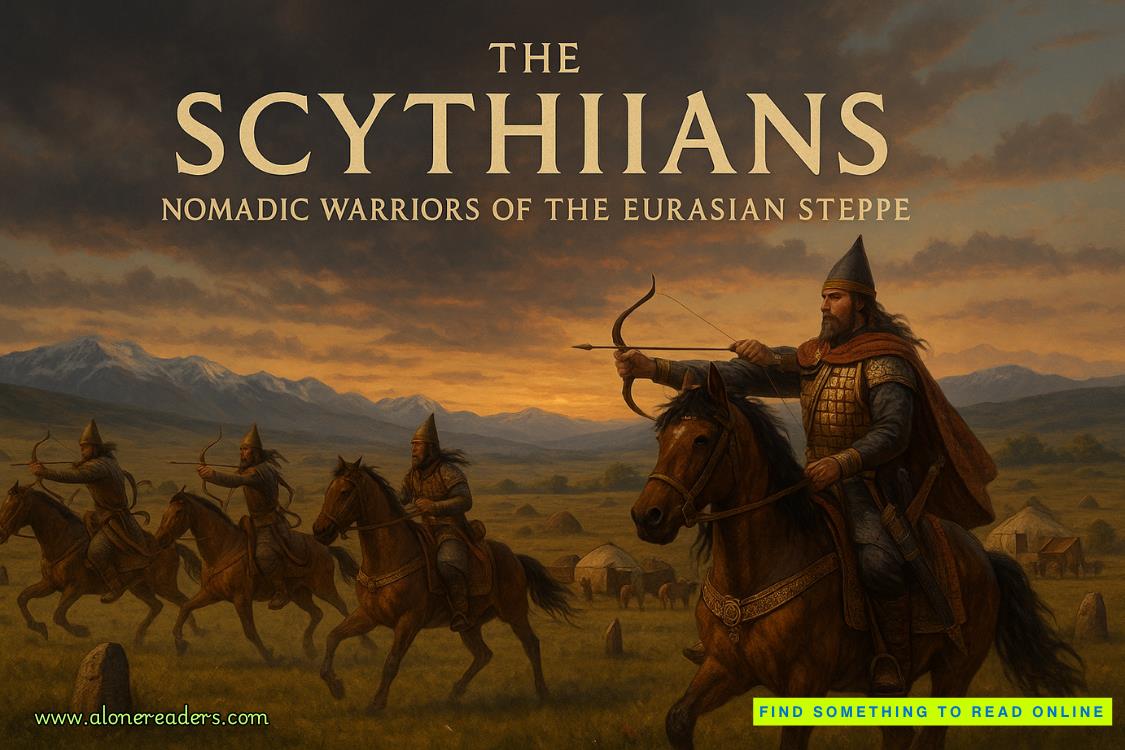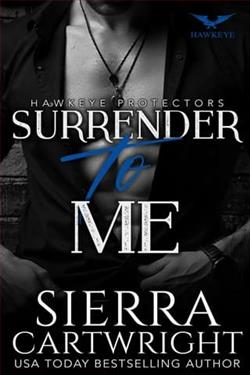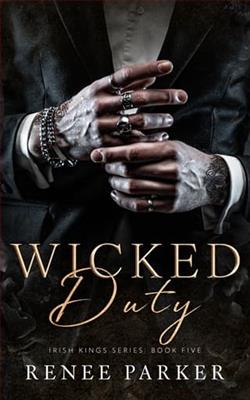Page 34 of Camino Ghosts
9.
For the third semester in a row, Thomas was shelving his studies in creative writing and pursuing other projects, namely research for his wife. He had begun his master’s three years earlier and had been making progress until he found himself in a classroom with Ms. Mercer Mann as his teacher. He immediately lost interest in writing fiction and began studying her.
One lovely autumn afternoon he arrived at their condo with an expensive bottle of champagne and in fine spirits. The Atlantic had just bought his proposal for a long story about a missing Soviet submarine. The pay was $20,000, a record for him, with all expenses covered. The submarine, a nuclear job as long as a football field, had gone silent in the South Pacific, about five hundred miles north of Australia.
There were at least two hundred men on board. Not a trace of the sub had surfaced, and there were enough rumors to fill half a dozen books. His first research would take him to Washington, then on to Sydney. He would be gone for a month, their longest separation yet.
They were looking forward to a break. Mercer especially needed some time alone to jump-start her book. Thomas, who had seen far more of the world than his wife, was eager to travel again. He still saw himself as the adventuresome journalist dashing all over the globe looking for the next great story, and always with a possible book in mind. Mercer encouraged this because she loved him and wanted him to succeed, but she also cherished long stretches of solitude. After almost three years together, including four months of marriage, they liked their routines, solo and together, and they almost never fought. They were, at least so far, wonderfully compatible, and the sensual side of the union was only growing more intense.
They drained the bottle on the patio as they celebrated and talked about the damned submarine. Mercer had already heard so much of the story that she was almost dreading another six months of it, but she gamely hung on. A successful writer needed a sounding board, a first reader, a cheerleader, a person who loved them and wanted them to succeed. Thomas loved her work and couldn’t wait to read her next chapter. Likewise, she listened to his ideas for projects and read his early drafts.
He said, “I’ll finish my last Florida story tonight.”
“Which one?” He was working on several. Thomas was a dogged researcher who could dig deeper into the internet than anyone Mercer knew.
“General Dunleavy. Another story that Lovely did not include.”
“She probably never heard it.”
“That, or it was too gruesome.”
“Do you often wonder how accurate her stories are? We’re talking about oral histories handed down for almost two hundred years. There had to be some embellishment along the way.”
“Sure, and that makes your job easier, Mercer. With no one to check the facts, you can embellish all you want. You do write fiction.”
“Thank goodness.”
10.
Florida was admitted to the United States as a slave state in 1845. Florida had been a territory since 1821 and slavery was widespread, especially in the north, on cotton plantations and citrus farms around St. Augustine. One of the largest landowners was Stuart Dunleavy, a roguish politician who had once been a soldier and still fancied himself a military man. He would later get shot at Gettysburg and lose an arm. Using bribes and connections, he had amassed huge swaths of land east of Tallahassee and grew cotton on four thousand acres. When Florida joined the Union, he owned more slaves than anyone else in the new state and boasted of having a thousand Africans toiling in his fields.
Like most plantation owners, he was plagued by runaways and angered that many of his slaves were escaping to Dark Isle. Its legend continued to grow, and it was widely believed that hundreds if not thousands of slaves were hiding there, flouting the law.
In 1850, General Dunleavy, as he insisted on being called, decided to do something about it. He badly needed more labor and was fed up with the idea that the slaves were living on Florida soil as free men and women. He decided to capture them, keep all of them for himself, convert them to Christianity, put them to work in the fields, and in general improve their lives. He leaned on the governor, who, for some cash, agreed to “rent” General Dunleavy an old steamer that had been converted into a gunboat by the navy. He rounded up some troops, a motley mix of white farm laborers, common criminals, mercenaries, and a handful of real soldiers, gathered them on Camino Island, and spent a few days trying to train them, but finally gave up.
At dawn one morning they launched from the main harbor at Santa Rosa, with Dark Isle in sight. A quarter mile from shore they dropped anchor, positioned eight of the ship’s cannons, and began bombing away. Dunleavy’s brilliant battle plan was to bombard the island with the cannons, terrify the savages into surrendering, and send in his “troops” to capture them on the beaches.
The bombardment continued nonstop through the morning. By noon, there was no sign of the Africans, so the general and his men broke for lunch. After a meal and a nap, he gave orders to recommence the attack. At 3:00 p.m. his gunners reported that they were running out of cannonballs. Still, no sign of any terrified slaves waving white flags on the beaches. At 5:00 p.m. the cannons went quiet because there was no more ammunition. With an eye on the island, Dunleavy waited until dark, then retreated to their camp on Camino Island where they spent the night. The next morning, they reloaded and sailed to the southern end of Dark Isle where there had allegedly been signs of human activity in the past. They shelled the hell out of a thick forest, but saw no Africans.
After lunch, the general gave the dreaded orders. Two thirty-five-foot rowboats were lowered into the water and a dozen men boarded each. No one had volunteered for the little assault. Indeed, it was widely whispered on the gunship that there could be a mutiny if the troops were ordered to go ashore. The legend of Dark Isle and its cannibals was well known.
The men hit the beach and tied off their rowboats. One squad went north, one south. All of the men were armed with rifles and long knives, but they were moving far too slow and timidly in the general’s opinion. He watched intently with his field glasses atop the wheelhouse. Finally, they left the safety of the beach and disappeared into the dense woods. An hour passed, then another. Late in the afternoon, gunfire erupted at the southern end of the island, and this pleased the men on the boat. Part of the legend was that the slaves had only spears and darts and such, the weapons of their ancestors. How could they possibly have modern weapons? The gunfire meant they had been found and captured after a quick skirmish. Then there was more gunfire. It was comforting to hear but Dunleavy began to worry about casualties. He needed to capture the slaves, not slaughter them.
But the slaughter was on.
He had given his men strict orders to return to the gunboat by dark. However, as nightfall came there was no sign of the men on the beach. Their two rowboats had not moved. They had no food or supplies for the night. As the hours passed, a sense of fear and dread engulfed the gunboat. The general wasn’t sure what to do next. He couldn’t abandon his men on the ground and return to Santa Rosa. He gave orders to pass around whatever food could be found on the gunboat and stand guard. A long night was ahead of them.
At the first hint of dawn, the lookout began yelling. The men woke up and scurried to the deck. The two rowboats had been cast off the island and were drifting with the tide. At first glance, they seemed to be empty. Dunleavy ordered his captain to start the steam engines and move close to the rowboats.
The horror revealed itself slowly. The rowboats were not empty. Lying in their hulls was a ghastly collection of bloodied and mangled corpses. The men had been shot, hacked, cut, and gouged—several were practically decapitated. Whole limbs were missing. Some had been gutted and their entrails ran down their legs.
Several of the men on the gunboat vomited. Most gawked for a moment then turned away. Little was said, and the word “cannibal” was never used.
They managed to capsize the rowboats and watched one sink slowly, then the other. Twenty-three men buried at sea. Twenty-one more safely on deck with no desire to do anything but go home.
The general’s slave-hunting expedition was over. If he wanted more slaves he’d have to pay for them. He turned his gunboat around and retreated to Camino Island.
11.



